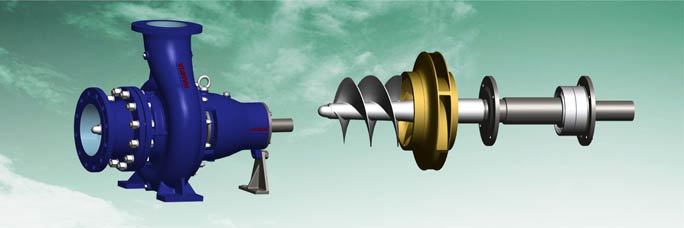Pump application has me at 31.1' NPSHr for a 50hp, or $4500 more for a 60 hp variety with 18'.
Application is a hydronic 35% glycol loop recirculating out of an open tank. Level in the tank from pump centerline is atleast 2', adjustable up to 4'. Suction is ample at 4 ft/s up to pump connection.
Is this too close for comfort? At sea level, 33.9' plus 2' = 35.9' NPSH available. Should be good, right? Only concerns may be long term operation, wear, and if this could lead to cavitation issues.
Thanks
Application is a hydronic 35% glycol loop recirculating out of an open tank. Level in the tank from pump centerline is atleast 2', adjustable up to 4'. Suction is ample at 4 ft/s up to pump connection.
Is this too close for comfort? At sea level, 33.9' plus 2' = 35.9' NPSH available. Should be good, right? Only concerns may be long term operation, wear, and if this could lead to cavitation issues.
Thanks

